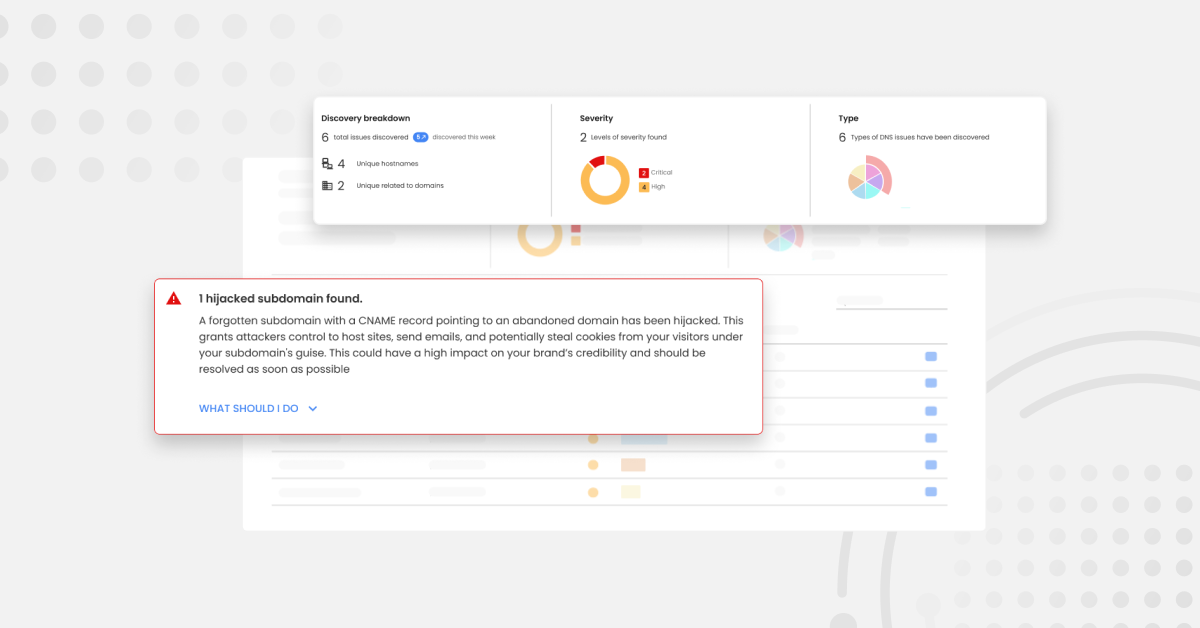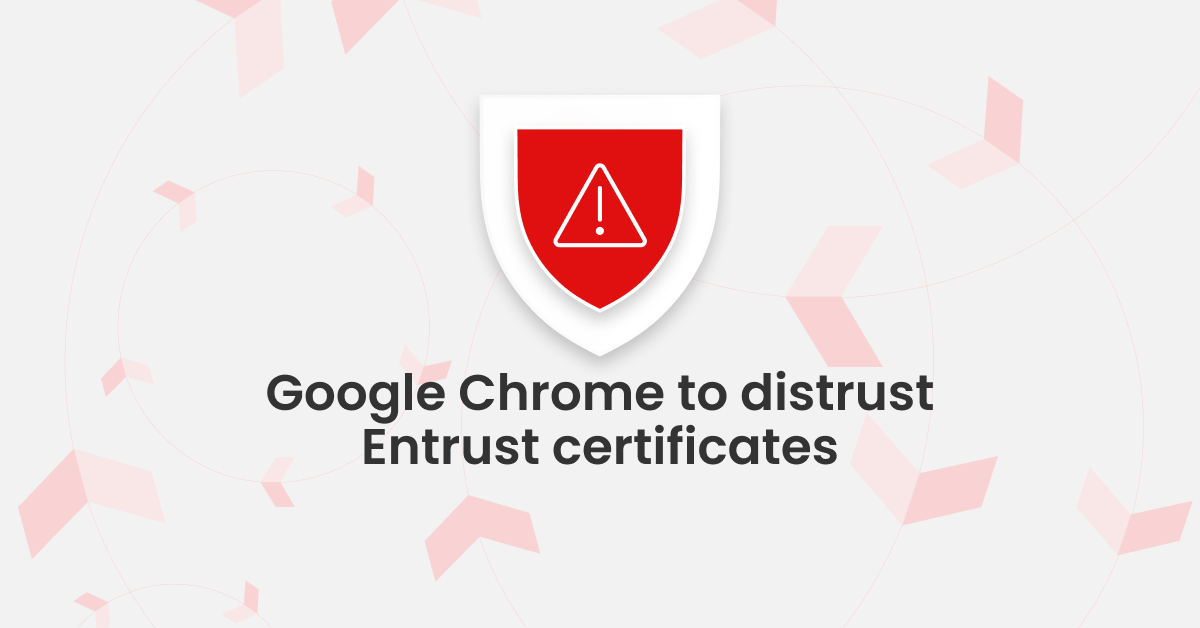Black Friday is one of the busiest times of the year for businesses all around the world. But with inbox providers waging war on spam, how do you avoid ending up in the junk folder?
Major holidays have always commanded major retail promotions, however tenuous the link. Now firmly established as a seasonal tradition, Black Friday is one of the biggest shopping events of the year and saw revenues reaching $8.9 billion in 2021. With online retailer revenues further boosted by Cyber Monday deals, the last weekend in November (or ‘Cyber Weekend’ as it’s now known) is a time carved out for online bargain hunters.
What does it take to successfully deliver email to the inbox?
Black Friday online buying surged 22% in 2020, making us wonder just how many emails are sent out over the whole period by sales-hungry marketers. From promotions to order confirmation to delivery, each step in the modern purchasing process involves an email.
The success of Black Friday campaigns relies heavily on emails making their way through to customer inboxes. But with almost one in five emails landing in spam folders, the problem of poor email deliverability has rocketed to the top of marketers’ priority list.
Too many retailers risk ending up in the dreaded spam folder
The spam folder was invented to trap both unwanted emails and those pesky phishing attacks that aim to steal your data, money or both. And it’s the latter that is now the top cybersecurity concern for organizations. However, this cyber safety-first approach also catches out retailers that aren’t sending anything malicious, but also aren’t taking the steps necessary to prove the emails coming from their domain are legitimate.
So with millions of emails flying around over the Black Friday to Cyber Monday period, the organizations with poor sender reputations are unlikely to find themselves in a prime position in consumer inboxes. Even worse, they’re low-hanging fruit for scammers to hijack their domains to send phishing emails pretending to be them, damaging their reputation.
Land in front of the customer with SPF, DKIM, and DMARC
There are a number of ways to improve sender reputation but a key step is the implementation of global authentication protocols including SPF, DKIM, and DMARC. These protocols work together to authenticate senders’ email addresses, not only making it impossible for someone to impersonate your email domain but also clearly telling a recipient’s inbox that you’re a real organization sending genuine emails.
So just like that, you can avoid the dreaded spam filter! This means when a consumer makes an online purchase, their email provider can be certain that the confirmation email and follow-up dispatch emails are genuinely being sent from the retailer or delivery company, and not part of a phishing attack looking to steal financial or personal information.
And perhaps best of all for the email marketers out there, you can rest assured in the knowledge that your emails are making their way to your consumers’ inboxes to generate those all-important click-throughs to boost ROI from your biggest Black Friday deals.
Quickly check your current SPF, DKIM, and DMARC setup using our free tool
Want to see what your current email security setup looks like? Use our quick and easy investigate tool to check your current SPF, DKIM, and DMARC setup in seconds.




